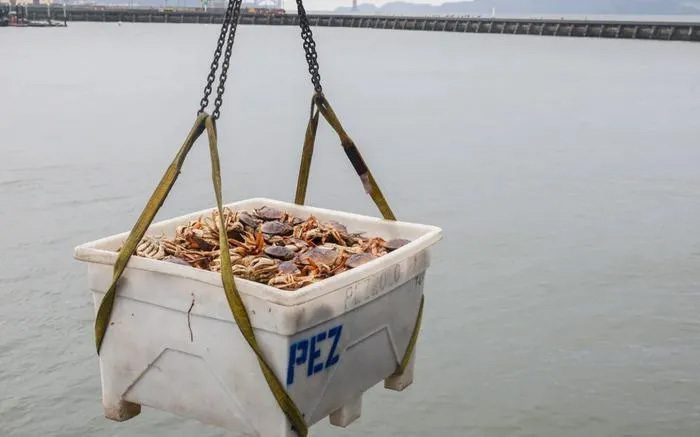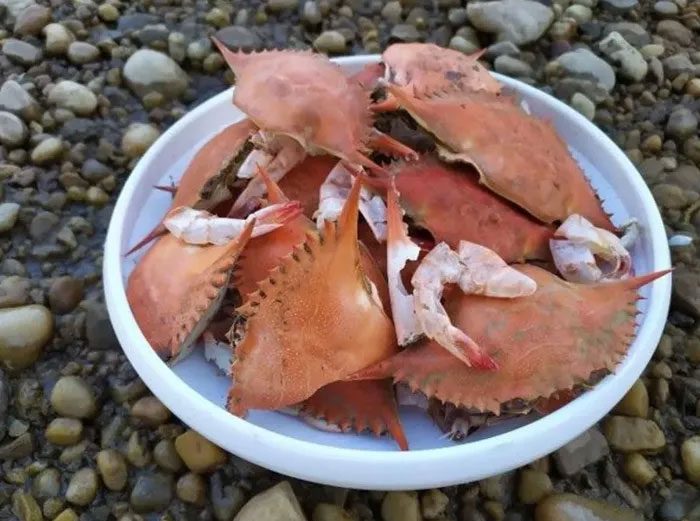Lithium-ion batteries have many advantages but are very difficult to decompose, causing significant environmental impacts.

This new type of battery can be made from crab shells.
In the fight against climate change, the world is believed to have made significant strides by promoting the development of electric vehicle models. Unlike gasoline cars that emit fossil fuels into the atmosphere, polluting the planet’s protective shield, electric cars primarily rely on battery energy, which does not excessively pollute.
However, there is still a point that needs caution. Like all rechargeable products, the growth of electric vehicles depends on the increasing production of batteries.
“The number of batteries being produced and consumed increases the likelihood of environmental issues,” said Liangbing Hu, director of the Material Innovation Center at the University of Maryland. “For example, polypropylene and polycarbonate separators can take hundreds or thousands of years to decompose, adding further burden to the environment.”
Moreover, there are human rights violations occurring in places that produce battery components like cobalt.

Chitosan used in battery prototypes decomposed completely in 5 months.
What is the solution to this problem? In a paper published last week in the journal Matter, Hu and colleagues presented an invention of a battery that is much more biodegradable than lithium-ion batteries. Strangely enough, it is made from crab shells.
Fundamentally, phone batteries use a special substance called an electrolyte to shuffle ions, or charged particles, back and forth between the anode and cathode to generate electricity. The electrolytes in current batteries use flammable chemicals that are very difficult to biodegrade. In contrast, the battery that Hu and his colleagues researched is in gel form, found in a biomaterial called chitosan. This is a biodegradable substance.
“Chitosan is a derivative product of chitin. There are many sources to obtain chitin, such as the cells of fungi, the exoskeletons of crustaceans, and squid.” Hu said. According to Hu, the most abundant source of chitosan is found in the exoskeletons of crustaceans, such as shrimp tails, lobster shells, and of course, crab shells.
“Do you know where to find those crab shells? Seafood restaurants. You can find them on your table,” Hu said.
According to a 2015 study published in Nature, around 6-8 million tons of discarded crab, shrimp, and lobster shells are produced globally. Consider that the meat of a crab only accounts for about 40% of its weight. This certainly generates quite a bit of food waste.
These crab and shrimp shells are often dumped into landfills or the sea.
So, from the perspective of producing biodegradable batteries, imagine all those crab shells could be reused into something useful that helps protect this planet.
According to Hu’s research group, the chitosan used in their battery prototypes decomposed completely within 5 months, leaving behind a metal component, zinc—not just lithium as in standard batteries. With zinc, they can be fully recycled.

In the image above, it can be seen that the battery material from Hu’s group has almost completely decomposed into the soil after 5 months.
The type of battery they created also achieved an energy efficiency of 99.7% after 1,000 charge cycles, meaning this is a viable option for storing wind or solar energy in the grid. This is a significant improvement as most current storage options only have a fairly average efficiency. Researchers say that the crab shell-derived component could be the missing piece for batteries to evolve to a new level.
Currently, Hu stated that using chitosan as an electrolyte in batteries could help biodegrade two-thirds of the battery’s components, but in the future, the group hopes to address the remaining one-third.
“In the future, I hope all components in the battery can be biodegradable,” Hu said.


















































